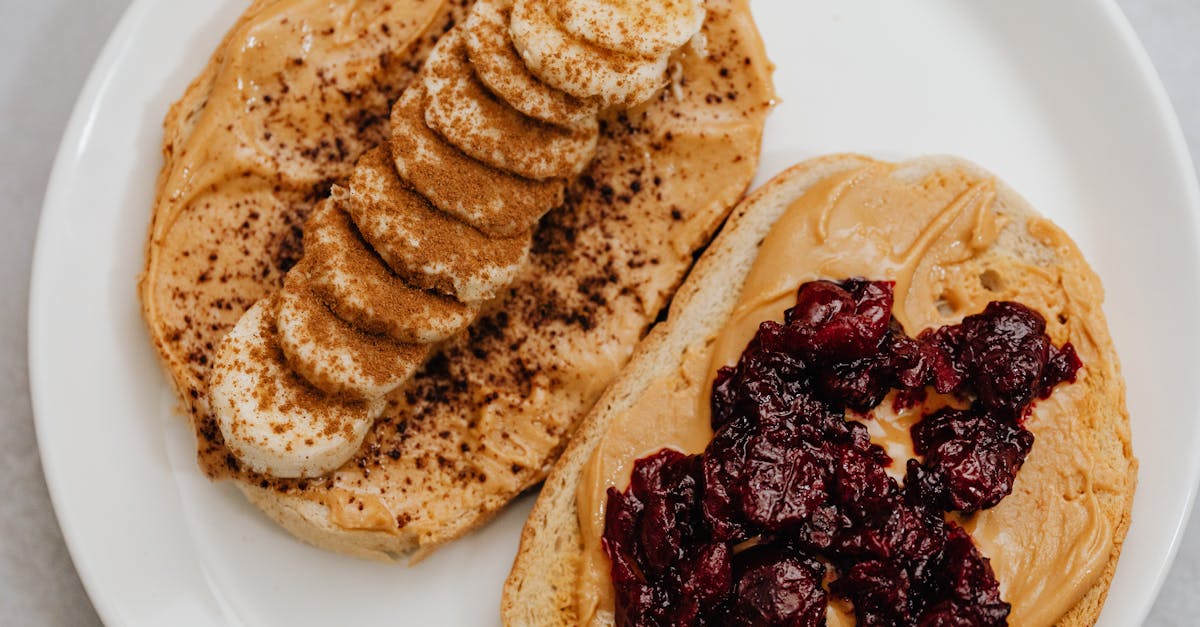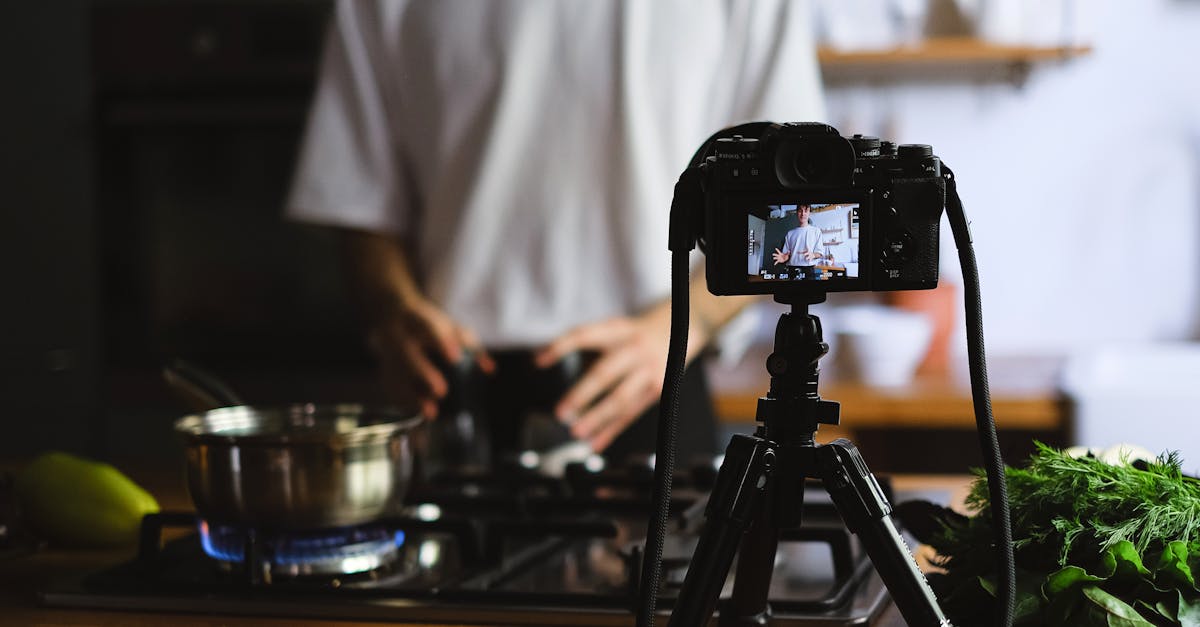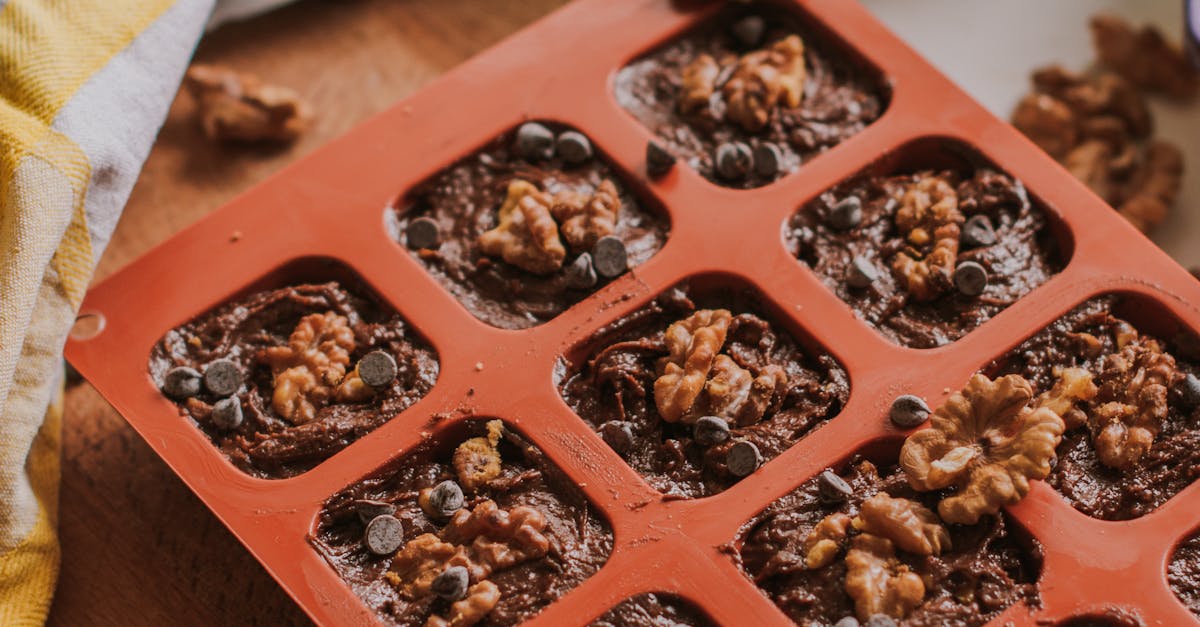Okay, chocolate lovers, listen up! Are you ready to embark on a culinary adventure that will leave your taste buds singing? We’re talking about Chocolate Caramel Shortbread Bars – the kind of decadent treat that makes even the most disciplined dessert-avoider weak in the knees. Forget those store-bought, mass-produced bars; we’re diving headfirst into a recipe that’s all about homemade goodness, perfectly balanced flavors, and a texture that’s pure bliss. Prepare to experience the ultimate combination of buttery, melt-in-your-mouth shortbread, luscious homemade caramel, and a rich, intensely chocolatey topping. This isn’t just a recipe; it’s a journey into dessert heaven, a step-by-step guide to crafting a treat so good, you’ll be making batch after batch. Get your aprons on, because we’re about to unleash some serious baking magic!
This recipe isn’t just about following instructions; it’s about understanding the science behind each layer. We’ll uncover the secrets to a perfectly crisp shortbread crust, explore the art of caramel-making (no more grainy disasters!), and master the technique of melting chocolate like a pro. We’ll cover everything from ingredient substitutions (yes, dairy-free options are included!) to clever tips and tricks that will make even the most inexperienced baker feel like a seasoned pastry chef. Think of this as your ultimate cheat sheet to crafting truly unforgettable bars.
But it’s not just about the perfect recipe; we’ll also cover presentation – because let’s be honest, even the most delicious treat deserves to look amazing! From achieving perfectly even layers to mastering sharp knife techniques for those picture-perfect cuts, we’ve got you covered. We’ll even give you some creative serving suggestions to elevate your dessert game. So, grab your ingredients, put on some feel-good music, and get ready to create the most addictive chocolate caramel shortbread bars you’ve ever tasted. Let’s get baking!
Key Insights: Crafting the Perfect Chocolate Caramel Shortbread Bars
- Mastering the Layers: Achieving perfectly crisp shortbread, smooth caramel, and rich chocolate layers is key to the recipe’s success. Blind baking the crust and preventing caramel crystallization are crucial steps.
- Balancing Flavors and Textures: The recipe highlights the importance of achieving a harmonious balance between sweet and salty, and the interplay of various textures (crunchy, creamy, smooth) for an irresistible experience.
- Ingredient Quality Matters: Using high-quality ingredients, especially butter and chocolate, significantly impacts the overall taste and texture of the final product. Choosing the right type of chocolate also alters the flavor profile.
- Proper Techniques are Essential: Precise techniques, such as melting chocolate correctly to avoid seizing, and achieving even layers during assembly, contribute to both the taste and visual appeal of the bars.
- Storage and Presentation: Correct storage methods (room temperature in an airtight container) maintain freshness and texture. Careful cutting and thoughtful presentation elevate the dessert experience.
1. The Ultimate Guide to Decadent Chocolate Caramel Shortbread Bars
Hey there, fellow dessert enthusiasts! Ready to dive headfirst into a world of pure, unadulterated deliciousness? We’re talking about Chocolate Caramel Shortbread Bars – the kind of treat that’s so good, you’ll be sneaking extra pieces (we won’t judge!). This isn’t your grandma’s recipe (unless your grandma is a seriously talented baker!). We’re taking classic shortbread, upping the ante with a layer of homemade caramel that’s smoother than silk, and then crowning the whole thing with a rich, decadent chocolate topping. Get ready for an explosion of textures and flavors that’ll leave you wanting more.
Forget those complicated, overly fussy recipes. This guide is all about making the process easy and fun. We’ll break down each step, from choosing the right ingredients (think high-quality chocolate and butter – it makes a difference!) to mastering essential baking techniques. We’ll even share some handy tips and tricks – like the secret to preventing your caramel from crystallizing (yes, it’s a real thing!), and how to melt chocolate without making it seize up (another real thing!). Don’t worry if you’re not a pro baker; this recipe is designed to be accessible to everyone.
We’ll walk you through making the perfect buttery shortbread crust, crafting a caramel layer that’s both rich and creamy, and creating a chocolate topping that’s simply irresistible. We’ll cover everything from blind baking the crust for optimal crispiness, to achieving those perfectly even layers for a stunning presentation. Get ready to unleash your inner baker and create a show-stopping dessert that’s as impressive as it is delicious. So grab your apron, gather your ingredients, and let’s get baking!
Why These Bars Are So Addictive
Let’s be honest, sometimes you just crave something intensely satisfying, something that hits all the right notes. And that’s precisely what these Chocolate Caramel Shortbread Bars deliver. It’s the perfect storm of textures and flavors that makes them so darn addictive. We’re talking about the delightful crunch of the shortbread, giving way to the melt-in-your-mouth experience of the creamy caramel, all finished off with the rich, intense indulgence of the chocolate topping. It’s a textural symphony that keeps you coming back for more.
But it’s not just about the textures; it’s the masterful balance of flavors. The subtle sweetness of the shortbread provides the perfect base, creating a beautiful counterpoint to the intensely rich caramel. This caramel isn’t just sweet; it has a depth of flavor that elevates the entire experience. Then, the chocolate topping adds another layer of complexity, amplifying the sweetness while adding its own unique notes. The combination isn’t cloyingly sweet; it’s a sophisticated balance.
And here’s the secret weapon: the bliss point. We’ve carefully crafted these bars to hit that sweet spot where sweet and salty meet in perfect harmony. It’s the subtle hint of saltiness that prevents the sweetness from becoming overwhelming. It enhances the flavors, creating a complexity that makes these bars truly irresistible. It’s that perfect interplay of sweet and salty that takes these bars from simply delicious to utterly addictive. Prepare for a taste bud tango you won’t soon forget!
Gathering Your Ingredients: A Quick Shopping List
Alright bakers, let’s get those ingredients rounded up! Before we start whipping up some magical chocolate caramel shortbread, we need to make sure we have everything on hand. Don’t worry, this isn’t a ridiculously long list; just a few key players that make all the difference. And the best part? We’ll include some handy substitutions so you can adapt the recipe to your dietary needs or preferences.
For the shortbread crust, you’ll need all-purpose flour (or a gluten-free blend if needed), unsalted butter (Kerrygold is a personal favorite!), granulated sugar, and a pinch of salt. For the caramel layer, we’ll be making our own from scratch using granulated sugar, heavy cream (coconut cream works great for dairy-free!), butter, and a touch of salt. Finally, for the chocolate topping, grab some high-quality dark chocolate (at least 70% cacao for that intense flavor) – we love using Valrhona, but feel free to use your favorite brand. If you prefer milk chocolate or semi-sweet, go for it; it’s your creation!
And that’s it! Pretty straightforward, right? Now, if you need to make substitutions, remember that gluten-free flour blends work well for the shortbread crust (just make sure to follow the package instructions). For dairy-free options, coconut cream is a fantastic substitute for heavy cream in the caramel, and there are many delicious dairy-free chocolate options available these days. Remember to adjust sweetness according to your chosen substitutions. Once you’ve gathered your ingredients, we’re ready to bake some magic!
2. Making the Perfect Shortbread Crust: Tips and Tricks
The shortbread crust is the unsung hero of these bars – it’s the foundation upon which all the deliciousness is built. And we’re not just talking about any old shortbread; we’re aiming for that perfectly buttery, melt-in-your-mouth crumb that’s both delicate and satisfying. The key is to handle the dough gently and avoid overworking it. Overworking develops the gluten in the flour, resulting in a tough crust – not what we’re going for here!
To achieve that signature buttery crumb, make sure your butter is cold but not rock-hard. Cold butter is crucial for creating a flaky texture. Use a pastry blender or your fingertips to cut the butter into the flour until the mixture resembles coarse crumbs. The goal is to have little pockets of butter throughout the dough. These pockets melt during baking, creating air pockets that give the shortbread its signature crumbly texture. Too much mixing leads to a dense crust, so be patient and gentle. You can use a food processor for this step to save some elbow grease, but make sure not to pulse it too much. Trust me on this.
Once the dough is combined, don’t be tempted to roll it out too thin. A slightly thicker crust will ensure that it bakes through evenly and doesn’t become too brittle. And here’s a pro tip: blind baking the crust before adding the caramel is key. This pre-baking process removes excess moisture and ensures a perfectly crisp base. We’ll cover blind baking in detail later, but trust me, it’s a game-changer for shortbread. With a little care and attention, you’ll create a crust that’s perfectly buttery, crumbly and a wonderful foundation for your caramel and chocolate layers.
The Science of Shortbread: Butter, Sugar, and Flour
Let’s get a little scientific! While baking shortbread might seem simple, there’s actually a fascinating science at play. Understanding how each ingredient contributes to the final texture is key to creating that perfect buttery crumb. It all starts with the butter, the star of the show. The fat in butter prevents the gluten in the flour from developing too much, resulting in a tender, crumbly texture rather than a tough one. Cold butter is crucial; it creates those little pockets of fat within the dough, leading to flakiness when it melts during baking. Think of it as tiny explosions of buttery goodness!
Then there’s the sugar, which plays a dual role. It adds sweetness, obviously, but it also tenderizes the dough. Sugar interferes with gluten development, similar to the butter, making the shortbread more delicate and less chewy. It also contributes to the browning of the crust during baking via the Maillard reaction—a chemical reaction between amino acids and reducing sugars that produces hundreds of different flavor and aroma compounds. That’s what gives shortbread its delicious, slightly caramelized flavor. The amount of sugar also impacts the final texture; too much can make it slightly sticky.
Finally, the flour provides the structure. It holds everything together, creating a cohesive dough that can be shaped and baked. All-purpose flour is a common choice, but you can experiment with other types. The type of flour you use can slightly change the texture. The interplay between these three key ingredients – the fat from butter, the sweetness and tenderizing effect of sugar, and the structural role of flour – is what determines the final texture of your perfect shortbread. The result? A buttery, melt-in-your-mouth experience that’s simply irresistible!
Blind Baking: Achieving a Perfectly Crisp Crust
Blind baking might sound intimidating, but it’s a simple technique that makes a HUGE difference in achieving a perfectly crisp shortbread crust. It’s essentially pre-baking the crust before adding the wet ingredients (in this case, our luscious caramel). This pre-baking step removes excess moisture from the dough, preventing a soggy bottom and ensuring a delightfully crunchy base for your decadent bars. It’s a game-changer, trust me!
The process is straightforward. Once your shortbread dough is ready, press it into your baking pan, ensuring an even layer. Then, prick the dough all over with a fork to prevent it from puffing up during baking. To prevent shrinkage, we’ll use a little trick: line the pan with parchment paper, extending the edges over the sides. This prevents the crust from shrinking as it bakes, which is super important! Then, weigh the crust down. You can use pie weights, dried beans, or even rice. This keeps it flat and prevents it from bubbling up.
Bake the crust according to the recipe instructions (usually around 15-20 minutes). Keep a close eye on it—you want it to be lightly golden, not overly browned. Once it’s baked, let it cool completely in the pan before adding the caramel. This allows it to fully crisp up and sets the stage for a perfect, flavorful, and entirely satisfying treat. Blind baking might seem like an extra step, but the result—a perfectly crisp shortbread crust—is worth every second. Get ready for that satisfying crunch!
3. Crafting the Creamy Caramel Layer: Sweet Success
Get ready to unleash your inner caramel-making wizard! The caramel layer is the heart and soul of these bars, transforming a simple shortbread into a decadent masterpiece. We’re not talking about some flimsy, store-bought caramel here; we’re crafting a luscious, homemade caramel that’s both rich in flavor and smooth as silk. The key is patience and attention to detail. It’s a bit of a process, but the results are totally worth it. Trust me on this one.
Homemade vs. Store-Bought Caramel: Which is Better?
The age-old question: homemade or store-bought? When it comes to caramel, the answer is a resounding YES to homemade! While store-bought caramel might seem like a convenient shortcut, homemade caramel offers a depth of flavor and a smooth texture that simply can’t be replicated. The difference is truly night and day. Store-bought caramel often has a slightly artificial taste and a less desirable texture—sometimes grainy or too thick. The flavors can be a bit flat and lack the richness of homemade caramel.
Preventing Caramel Crystallization: A Crucial Step
Nobody wants grainy caramel! That’s why preventing crystallization is crucial for achieving that luscious, smooth caramel layer in your shortbread bars. Crystallization happens when the sugar molecules in the caramel align themselves into crystals, resulting in a gritty texture. Luckily, there are a few simple tricks to avoid this caramel catastrophe. The key is to keep things clean and prevent any sugar crystals from forming during the cooking process.
4. The Rich Chocolate Topping: Decadence Defined
We’re in the home stretch, and it’s time to add the final touch of pure decadence: the rich chocolate topping! This isn’t just any chocolate; we’re talking about a luscious, intensely flavorful layer that elevates these shortbread bars to a whole new level of indulgence. Think of it as the grand finale, the perfect ending to an already amazing dessert experience. The type of chocolate you choose will significantly impact the overall flavor profile.
Choosing the Right Chocolate: Dark, Milk, or Semi-Sweet?
Choosing the right chocolate is crucial for achieving the perfect flavor profile in your decadent shortbread bars. The type of chocolate you select will significantly impact the overall taste and even the texture of the final product. Dark chocolate, with its higher cacao percentage (70% or more is ideal), brings a rich, intense bitterness that balances the sweetness of the caramel and shortbread. It lends a sophisticated, grown-up flavor that’s truly delightful.
Melting Chocolate Like a Pro: Avoiding Seizing
Nobody wants lumpy, seized chocolate! Melting chocolate might seem straightforward, but there’s a right way and a wrong way to do it. Seized chocolate happens when water (even from steam or moisture in the air) mixes with the chocolate, causing it to become grainy and clumpy. It’s a total baking tragedy, but thankfully, easily avoidable with a few simple techniques. The key is to use gentle, low heat and to avoid any contact with water.
5. Assembling Your Masterpiece: Layer by Layer
It’s time to assemble your masterpiece! Now that we’ve created our perfectly crisp shortbread crust, our luscious homemade caramel, and our rich chocolate topping, it’s time to bring it all together. This is the fun part—the moment where all your hard work culminates in a truly stunning (and delicious!) creation. The layering process is simple, but precision helps create a beautiful and even final product.
Creating Even Layers: Achieving Perfection
Even layers are key to creating visually stunning and delicious shortbread bars. Think of it as a work of art—each layer should be neat, uniform, and perfectly distributed. This not only makes your bars look amazing but also ensures that every bite offers the perfect balance of shortbread, caramel, and chocolate. It’s all about achieving that perfect harmony of textures and flavors in every single bite.
Chill Time: Why Patience is Key
Patience, young Padawan! While it might be tempting to dive straight into those delicious shortbread bars the moment they’re assembled, resisting the urge to cut and serve them immediately is crucial for achieving the best possible results. Chilling the bars allows the layers to set properly, preventing them from crumbling or becoming messy when you cut them. It’s the key to achieving those picture-perfect slices.
6. Cutting and Serving: Presentation Matters
Presentation matters, people! Even the most delicious treat deserves to look amazing. After all that effort creating these incredible shortbread bars, you want them to look as good as they taste. Cutting them correctly is a key part of the presentation. A sharp knife is your best friend here. A dull knife will crush and smush your beautifully layered bars, resulting in uneven, messy pieces. So make sure your knife is sharp and clean.
Sharp Knife Techniques: Achieving Clean Cuts
Let’s talk knife skills! Achieving those perfectly neat and even cuts is crucial for creating a beautiful presentation. A sharp knife is your secret weapon here. A dull knife will crush and smush your bars, resulting in uneven, messy pieces. So, before you start slicing, make sure your knife is razor-sharp. You can use a honing steel to sharpen your knife before each use, or have it professionally sharpened.
Serving Suggestions: Elevate Your Presentation
Ready to elevate your dessert game? These amazing chocolate caramel shortbread bars are delicious on their own, but a few simple additions can take them from great to unforgettable. Think about presenting them on a beautiful serving platter, perhaps with a dusting of powdered sugar or cocoa powder for an extra touch of elegance. Arranging them artfully will surely impress your guests.
7. Storage and Shelf Life: Keeping Your Bars Fresh
So you’ve baked a batch of these incredible shortbread bars, and now you want to keep them tasting their best for as long as possible. Proper storage is key to maintaining their deliciousness. The best way to store these bars is in an airtight container at room temperature. This will help to prevent them from drying out and keep their texture nice and chewy.
Room Temperature vs. Refrigeration
Room temperature or refrigeration? The best way to store your delicious chocolate caramel shortbread bars depends on how long you want them to last and how you prefer their texture. Storing them at room temperature in an airtight container is ideal for maintaining their optimal texture and flavor for about 3-4 days. The shortbread will remain nice and chewy, and the caramel and chocolate will retain their delicious creaminess.
How Long Will They Last?
So, how long will your delectable chocolate caramel shortbread bars stay fresh and delicious? The shelf life depends heavily on how you store them. At room temperature, in an airtight container, they’ll happily hang out for about 3-4 days. After that, the shortbread might start to lose a bit of its chewiness, and the caramel might start to crystallize slightly. Still tasty, but not at their peak deliciousness.



